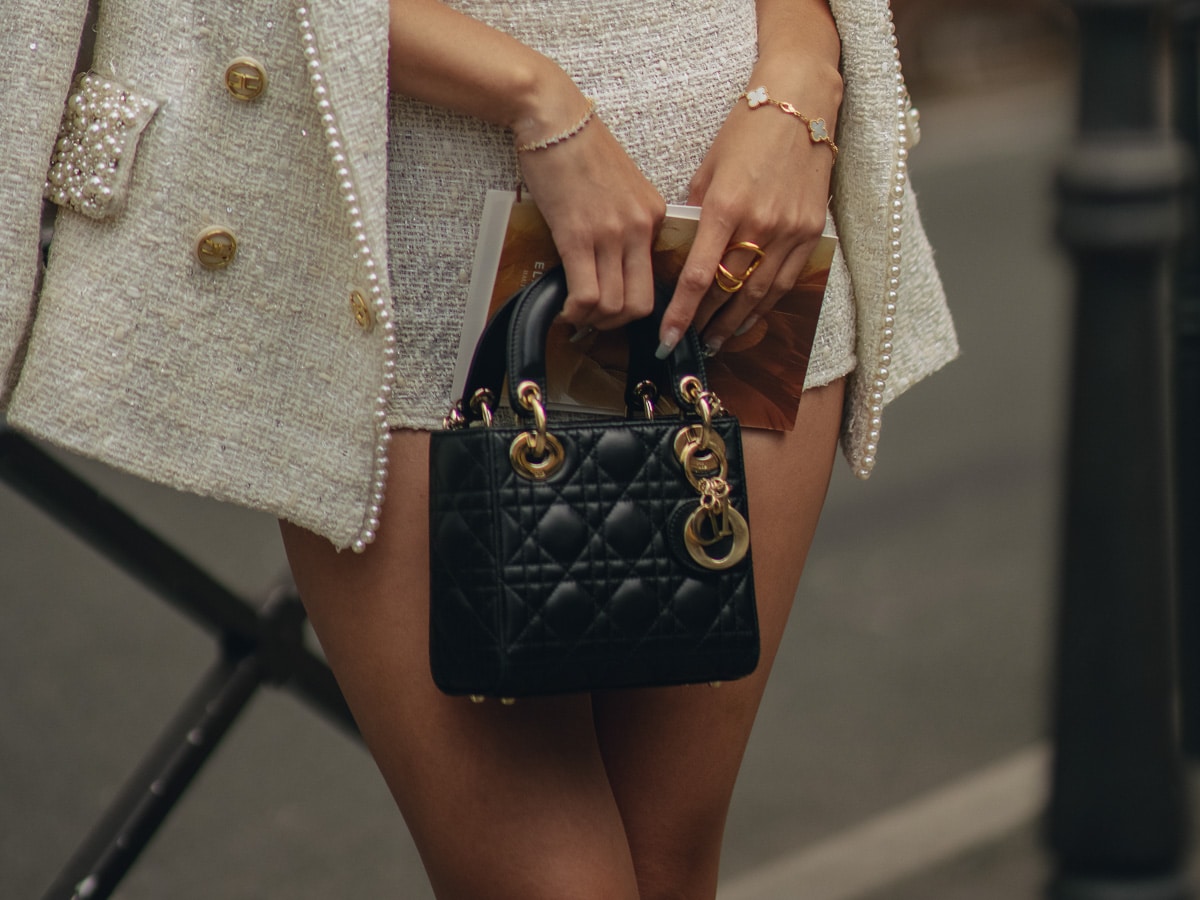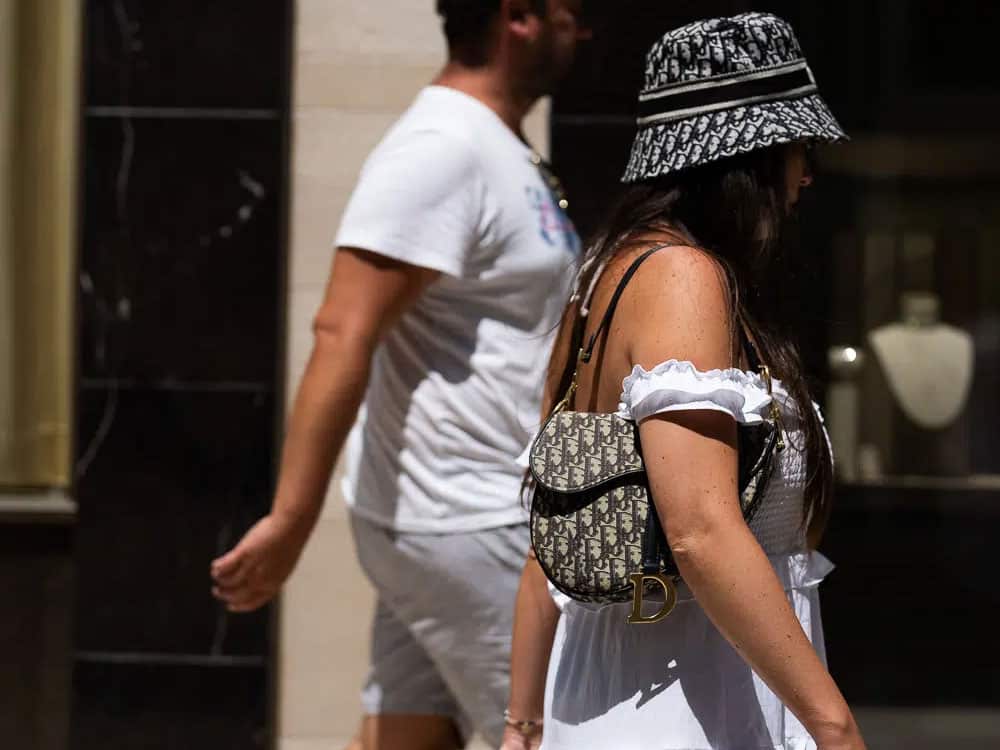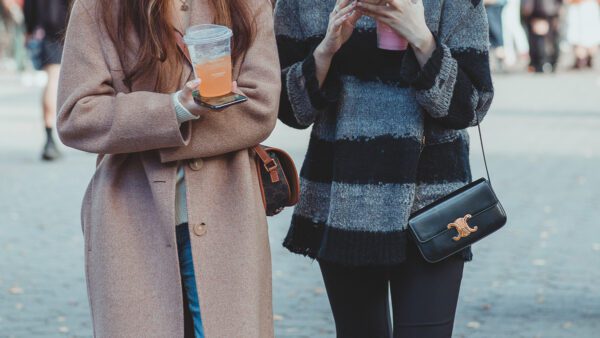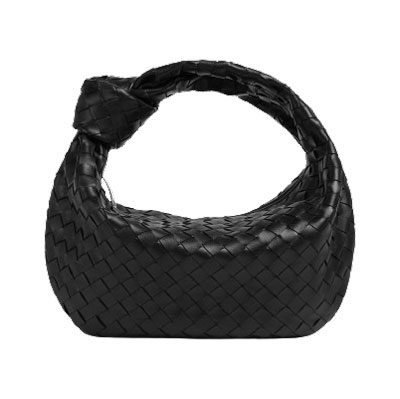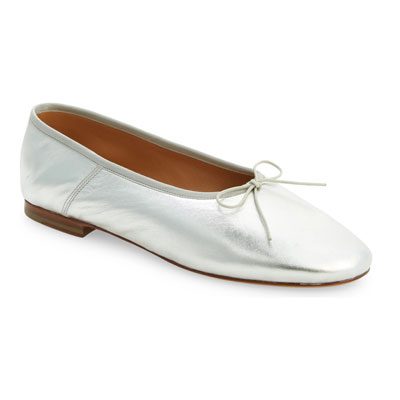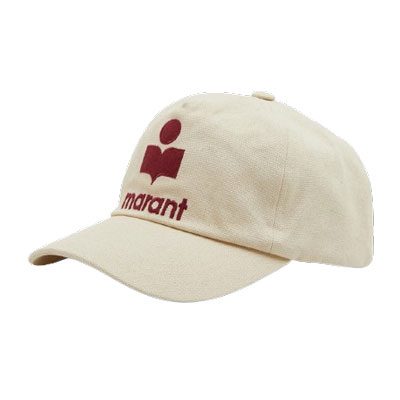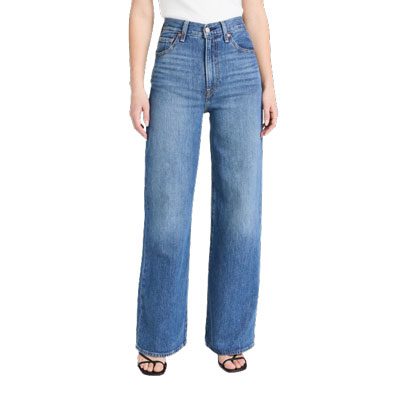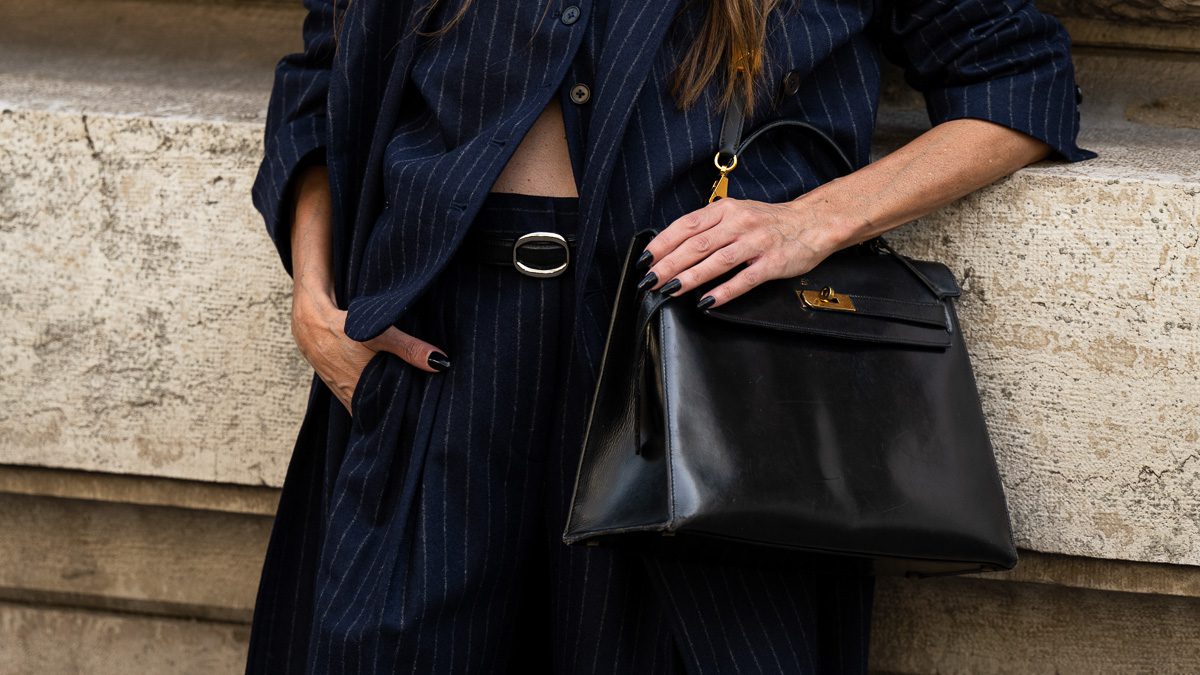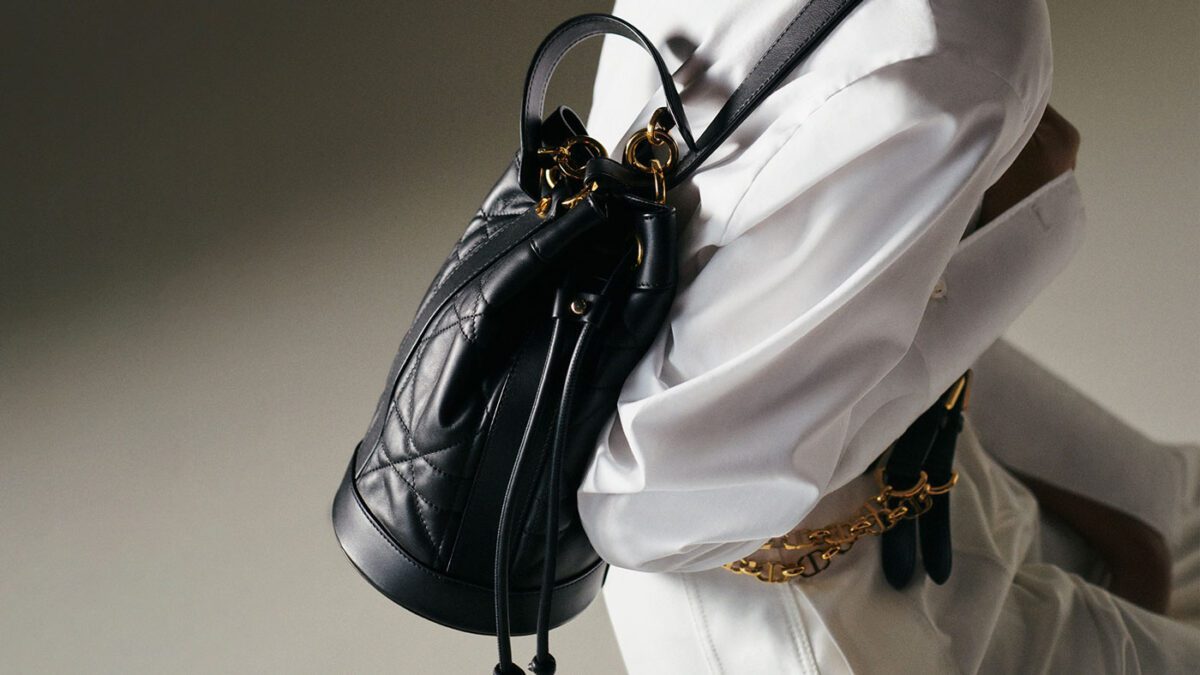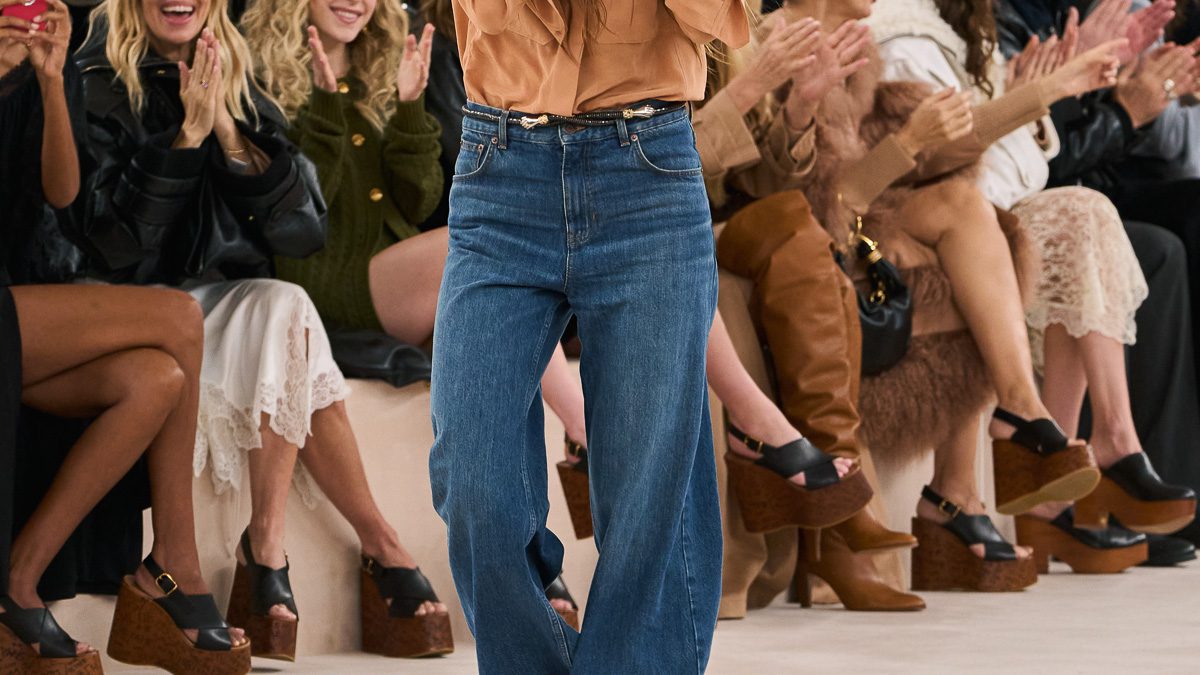It’s no secret that the luxury resale market has exploded over the last decade. Consumers increasingly turn to second-hand fashion to source designer handbags at more affordable prices and to secure hard-to-find styles they can’t get anywhere else. And while, unsurprisingly, the top luxury handbag players, including the likes of Hermès, Chanel, and Louis Vuitton, dominate the secondary market, one fan-favorite heritage label is missing out on the hype – Dior.
You may be confused. Dior is undoubtedly one of the world’s most famous and revered luxury brands, with a heritage and a cohort of beloved designs that many emerging labels can only dream of. But the secondary luxury market works differently than buying luxury brand new. And plenty of clout, legions of fans, and memorable designs don’t necessarily make for a powerful and dynamic presence on the resale market.
Let’s delve deeper into Dior’s place in the luxury second-hand market, the resale value of its most popular styles, and the brand’s future in resale.
Dior’s Price Point & Customer Base
The luxury market has always warranted high prices, whether buying brand new or second-hand. And with relentless price increases in recent years from all of the industry’s big players, it’s now more expensive than ever before to invest in luxury. But there are noticeable price differences amongst the top designer labels, with some proving a lot more affordable than others.
Hermès has long adopted notoriously high prices to create a sense of hyper-exclusivity and set itself apart from other luxury brands. More recently, Chanel has aligned its pricing strategy with Hermès’ and introduced a quota system to ensure customers can only purchase a maximum of two Classic Flaps per year.
Labels such as Louis Vuitton and Gucci promote a mixture of canvas and leather styles at lower prices than Hermès and Chanel, instead choosing to appeal to more of the mass market and younger generations.
Dior bags fall somewhere in between, appealing to shoppers with larger budgets but lacking the ultra exclusivity that styles from Hermès and Chanel enjoy. Dior bags occupy a price point much closer to Hermès and Chanel and much higher than the likes of Louis Vuitton and Gucci.
Popular leather styles from Louis Vuitton and Gucci retail for around $3,000. For example, Louis Vuitton’s New Wave chain bag costs $3,100, and Gucci’s sought-after GG Marmont is priced at $2,550 on the first-hand market. These are both significantly cheaper than the Lady Dior, which sets customers back $6,100 when buying brand new.
The significant disparity between the perceived exclusivity and price of brand-new Dior bags compared with styles from its competitors impacts Dior’s standing within the luxury resale market. Popular Dior designs such as the Lady Dior and Saddle bags are a bigger investment for shoppers when buying brand new than styles from the likes of Louis Vuitton and Gucci. But equally, when sold second-hand, they fail to be as lucrative as handbags like the Hermès Birkin or Chanel Classic Flap.
Unlike Dior, many of its competitors have a clear place and identity in the secondary designer market – Louis Vuitton is regarded by many as a starter luxury label, and Hermès is viewed as investment-worthy and ultra-exclusive.
The Resale Value Of Dior Bags
Dior’s most popular handbags have high price tags, but their subsequent resale value on the secondary market doesn’t always reflect this. The Chanel Classic Flap retails for $8,800 and fetches around $4,000 to $7,000 on the resale market. The Hermès Birkin costs around $11,000 on the first-hand market and typically sells for much higher second-hand.
But Dior designs such as the Lady Dior don’t retain the same impressive amount of their initial value, earning around $2,000 to $4,000, compared to its retail price of $6,100.
With luxury handbags increasingly viewed as investments, it’s unsurprising that second-hand shoppers are eager to invest in the most lucrative brands and styles.
The Resale Dominance Of Competitor Brands
The luxury resale market’s dramatic growth in recent years has caused an explosion in the number of brands on offer. With resale players facing increasing competition, it’s harder for labels to secure a strong share of the secondary market.
The availability of exclusive brands and designs is a major draw of the luxury second-hand market, making Hermès and Chanel huge players within designer resale. Hermès bags, particularly the sought-after Birkin and Kelly styles, have long held onto a significant market share. This has only increased owing to rising values and a lack of availability on the first-hand market. In recent years, Chanel has adopted similarly high prices and hyper exclusivity, making the brand increasingly popular within luxury resale.
Louis Vuitton and Gucci have long been two of the most sought-after labels on the secondary market. As great starter labels on the first-hand market, these brands prove even more appealing to designer resale customers who are new to luxury and are looking to invest in heritage labels on a budget.
Mid-range brands champion affordable and accessible luxury, two key attractions of the designer resale market. And, when sold second-hand, cult-favorite mid-range designers, such as Telfar, Polène, and Cult Gaia, offer shoppers an increasingly affordable way to buy designer labels.
Dior’s future in luxury resale is still unclear. Will the label ever prove as popular and lucrative on the secondary market as the likes of Hermès and Chanel? Will the rising price tags of Dior’s most famous designs cause their second-hand value to increase? Or will the label’s struggle to find its place within designer resale continue? If the market’s rapid expansion and innovation have taught us anything, it’s that anything is possible.


